Blog
Firewall as a Service (FWaaS) | The Next Generation of Network Security
As the threat landscape continues to evolve, businesses are under increasing pressure to protect their networks and...
3 Verified Ways To Cut Your Cloud Costs | Cloud Cost-Cutting Tips
In 2022, a SaaS company's AWS bill escalated to 120K$/ month. Upon investigation, a suspicious Chrome extension was...
Public Clouds vs Private Clouds—Which One Is Best for Your Organization?
The Cloud has been an important tool for organizations since 2006, when former Google CEO Eric Schmidt coined...
5 best practices to prevent DDoS attacks
The threat of Distributed Denial of Service (DDoS) attacks continues to be a major issue faced by organizations of all...
Cost of Fiber Optic Internet Installation in a Commercial Building
Fiber optic technology has been around since the 1960s. Recently, it has gained more popularity due to our increasing...
Why Is Data-Driven Culture Important for Your Business? (3 Reasons)
In today's business world, data is at the center of everything we do, from making decisions to allocating resources....
What You Should Know About Fiber Optics Installation
Are you looking to install fiber optics, or are you curious about how fiber optics installation works? Well, whatever...
Network resilience; Is Your Network Resilient?
Network resilience is more important than ever due to network complexity and connectivity. In the face of threats and...
How Has Cloud Technology Evolved Over the Past Decade?
The past decade has been an iconic one for cloud technology. We made the most advances, and it's paid off quite well....








